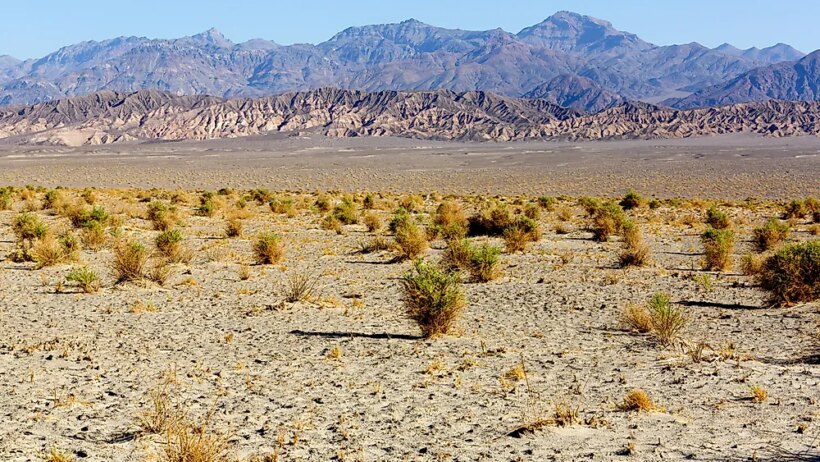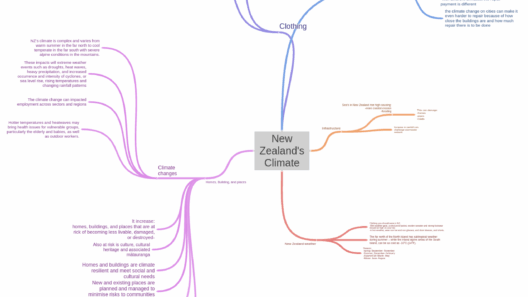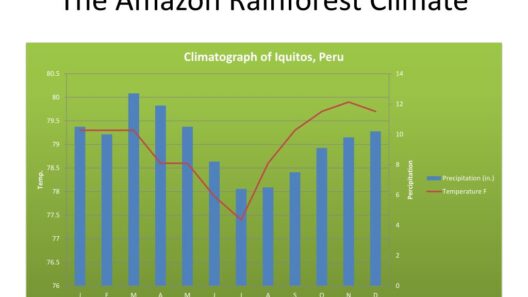Desert climates, characterized by their extreme aridity, represent one of the most fascinating and paradoxical environments on Earth. While commonly envisioned as barren wastelands, deserts are ecologically intricate, possessing unique adaptations and survival strategies ingrained both in flora and fauna. To truly understand desert climates, one must explore their defining attributes, classifications, geographical distribution, and the ecological impact of human actions over time.
Essentially, desert climates are defined by receiving less than 250 millimeters (about 10 inches) of precipitation annually. The challenge of survival in such restrictive conditions has engendered a distinctive assemblage of ecosystems. Among these arid biomes, it is crucial to delineate between two primary categories: hot deserts and cold deserts. Hot deserts, typified by the vast expanses of the Sahara or the Mojave, experience scorching temperatures during the day, with drastic shifts that can plummet at night. Conversely, cold deserts, such as the Gobi or the Great Basin, are characterized by frigid winters and relatively mild summers, challenging conventional notions tied to desert environments.
Within these classifications, subtypes emerge, including semi-arid regions, which possess slightly more humid conditions, presenting an intriguing transitional phase between desert and humid zones. Moreover, specific geographical settings significantly influence microclimates even within designated deserts. For instance, rain shadow deserts occur when moist air ascends over mountain ranges, cooling and losing moisture, resulting in dry conditions on the leeward side.
The flora of desert regions exhibits remarkable adaptations to thrive despite the relentless sun and scarce water supplies. Succulents, such as cacti and agave, store water in their leaves, stems, and roots. These adaptations minimize water loss and ensure survival through prolonged drought periods. Moreover, many desert plants possess deep-root systems that penetrate underground water tables, allowing them to access moisture inaccessible to shallower-rooted counterparts.
Animal life in desert climates is equally adept at managing the rigors of this challenging terrain. Species such as the fennec fox or the kangaroo rat have evolved nocturnal lifestyles to escape the heat of the day, engaging in foraging and activities under the cooler blanket of night. Other animals have developed physiological adaptations; for example, the camel can endure significant dehydration, obtaining water from the metabolic breakdown of food and storing fat in its humps that can be converted into water when needed.
Climate change poses a substantial threat to desert ecosystems, intensifying the existing extremes they face. The phenomenon leads to altered precipitation patterns, characterized by increased evaporation rates due to higher temperatures. This, in turn, exacerbates water scarcity, affecting not only endemic plant and animal species but also human populations that rely on these fragile ecosystems for sustenance. Consequently, as arid regions become increasingly inhospitable, the displacement of both flora and fauna can lead to dramatic shifts in biodiversity.
Moreover, the anthropogenic pressures of urbanization, agriculture, and tourism introduce further perils. Overextraction of water resources for irrigation and residential development leads to habitat degradation. That then increases the vulnerability of desert ecosystems to invasive species, which can outcompete native flora and fauna, diluting the unique biodiversity intrinsic to such regions. Moreover, climate migration emerges as a critical concern, as displaced communities seek refuge in more hospitable locales, creating a complex matrix of social and environmental challenges.
In addressing these critical issues, it becomes imperative to foster conservation efforts. Protecting existing desert habitats is crucial to preserve biodiversity and ecological integrity. Educating local populations about sustainable practices can reinforce the balance between human needs and environmental preservation. Such initiatives may include implementing water conservation strategies and promoting responsible land-use practices that align with the ecological capacities of desert regions.
Deserts also hold cultural and historical significance. Many indigenous cultures have thrived in these environments for millennia, weaving their spiritual narratives with the stark beauty of arid landscapes. Preserving cultural heritage alongside environmental conservation provides an opportunity to celebrate the intricate interconnections between people and their habitats. This further highlights the necessity of respecting indigenous knowledge systems, which often encompass sustainable resource management practices honed over generations.
The scientific community plays an instrumental role in deepening our understanding of desert ecosystems. Research initiatives investigating the implications of climate change, desertification, and species adaptation contribute invaluable insights into the intricate workings of these environments. This scholarly endeavor paves the way for innovative conservation strategies designed to bolster resilience against a backdrop of shifting climates.
In conclusion, desert climates are far from being mere desolate expanses; they embody a rich tapestry of life characterized by intricate ecological relationships. The multifaceted nature of these environments, combined with the pressing challenges posed by climate change and human encroachment, necessitates urgent action. Through education, sustainable practices, and research, we have the tools to engage in a concerted effort to protect and celebrate the biodiversity and cultural richness intrinsic to desert ecosystems. It is incumbent upon us to advocate for these arid regions, recognizing their value not only as ecological wonders but also as vital components of our global heritage.








